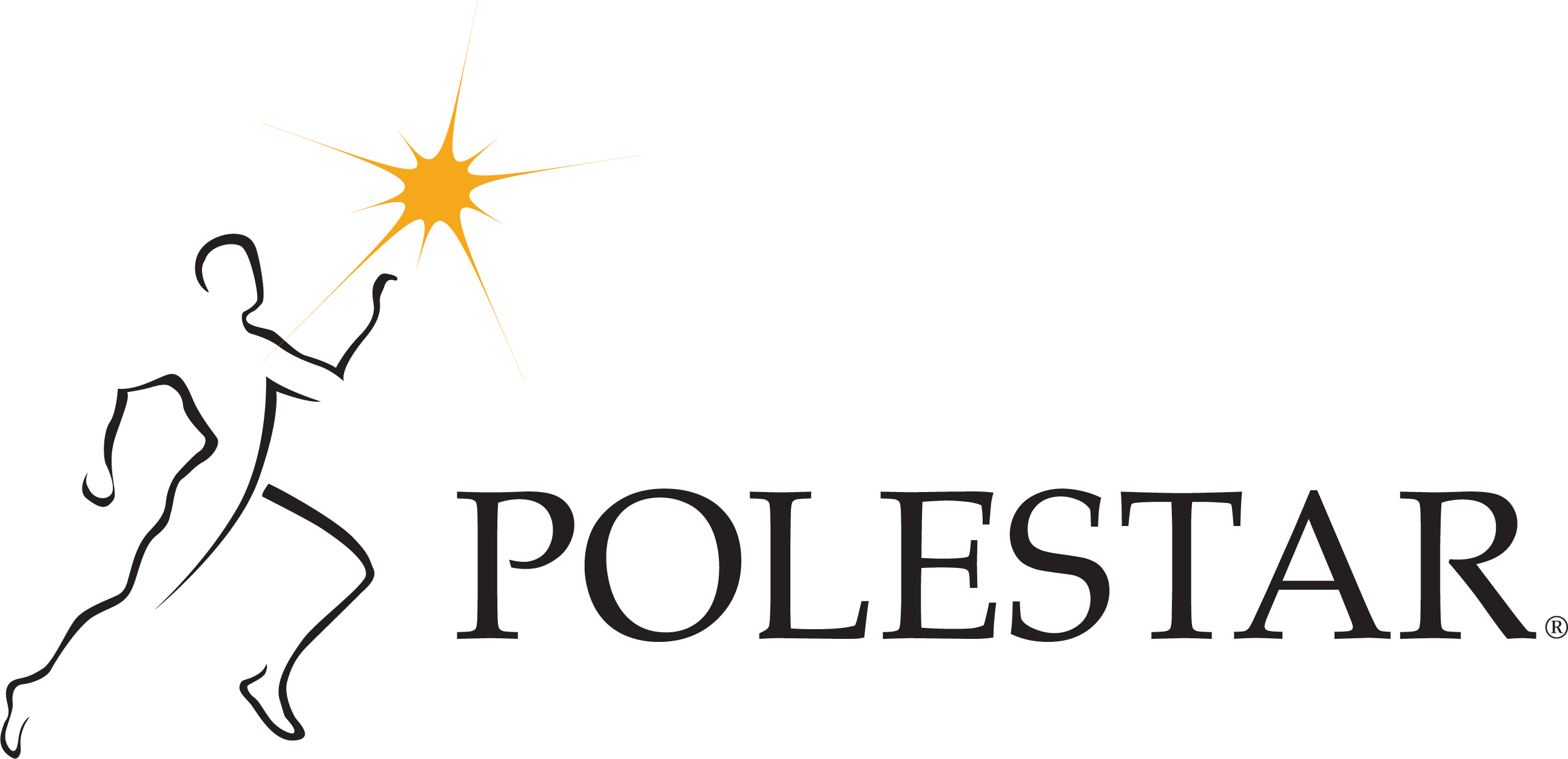
In movement training sessions, our goals are to expand our movement capabilities whether that be in power, mobility, agility, or complexity. We want to respect our bodies when we receive signals of: “that’s enough,” “that was a little too much too soon,” or “this is causing damage.” The more we move and the more body awareness we cultivate, the better we can listen to these messages while continuing to progress. Early on, a coach or trainer can help a person to recognize these messages while challenging their capabilities. “The four stages of learning” is a model employed across many sectors including business, psychology, education, sports, and others.
This model was created by Noel Burch in 1970 and it includes:
- Unconscious incompetence (we don’t know what we don’t know)
- Conscious incompetence (we are aware of what we don’t know)
- Conscious competence (we are aware and can do)
- Unconscious competence (we do without thinking- a habit is born)
As a movement professional, do you help your clients get to the phase of unconscious competence? For many trainers, this could be an intimidating tactic because you might wonder what would happen to your business if all of your clients could do without you.
I have two suggestions:
1. Enable your clients to get to the phase of unconscious competence. 2. Help your clients embrace that their potential is limitless and that you are there as a resource. A few simple suggestions to help your clients phase into the state of unconscious competence include fostering exploration and creativity. Phrases might include: “what would happen if you tried…?” and “let’s explore…”Using cuing judiciously is also helpful in empowering your clients. Do you find yourself having to repeatedly cue the same faulty movement patterns, for example, rib alignment?If you find you are often repeating the same cues, it’s likely because the client hasn’t experienced what you are trying to convey or they don’t understand. Try changing the task or environment and see if they can execute whichever function you want them to accomplish. Embodying this principle can take time; it can decrease the pressure of feeling like you have to know everything, increase the collaborative nature of your work, and facilitate creativity from both the coach and the client.
Journeying through the limitless potential phase is a soul-satisfying experience that can result in unexpected laughs, plot twists, and spontaneous joy.For example, the other day I was reviewing footage of a movement flow I did in a park and saw that I did one legged push ups in a complete state of ease and flow. I started laughing and almost crying! After a year of focused practice on mastering a pushup, I had never considered what my next step would be. Who knows what will evolve next, but I know that my own expectations can only limit what I’m capable of accomplishing. Being a resource to your client to help them explore movements that might be challenging now while pushing them further along is the role of a movement coach. Be open to surprises and be willing to explore both with yourself and with your clients.
Are you looking for some ways to take yourself out of your comfort zone?
Here are a few things I incorporate in my day-to-day life: • At the end of a shower, turn your water as cold as you can. Over time increase the duration of time you can tolerate the cold water. • Walk on rocks of variety of shapes, sizes, and smoothness. Your body will thank you! • Turn off the AC or heat in the car and open those windows! You might be do this for small periods of time, and please be safe if you’re living in places with extreme weather patterns. • Practice breathing exercises with sustained pauses. Buteyko breathing and Wim Hof are great resources for this work.Kate Strozak, NCPT is a Polestar Pilates Educator and Content Contributor




